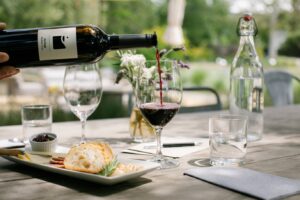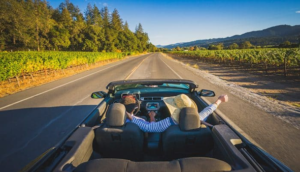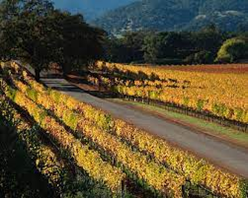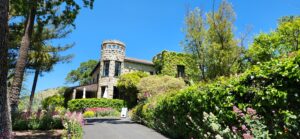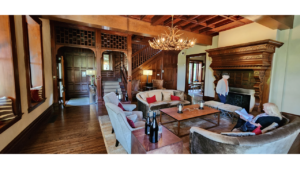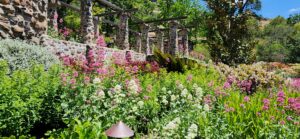Essentially, wine tasting is all about what’s in the glass, plus the amenities and architecture of the wineries themselves. But it’s also about the factory that is often found right behind the tasting room. And it’s about the farms (we call them vineyards, of course) that produce the grapes that ultimately wind up in that glass.
Wineries offer tours of their industrial facilities and occasionally take visitors into the vineyards, but they do not emphasize the farming aspect of wine. In some part that’s because many wineries source their grapes so the farming is someone else’s job. But more so, it’s because there really isn’t anything to see, except perhaps at harvest time, when the best a visitor can do is stay out of the way of the workers.
Photo courtesy of Wine Australia
But when someone is visiting a winery, especially one with vines right outside the window, it’s a good idea to learn a bit – maybe only a bit – about its farming practices. Here are a few things to think about.
- What accommodations does the winery make for their specific micro-climate? We remember being at a renowned Bordeaux château and asking why their wines were so much more expensive (and better) than the one that adjoined their property. The answer was, “Do you see that little hill between the vineyards? We get the morning sun and they don’t.” A few questions about the siting and orientation of the vines can provide a lot of insight as to why one particular wine tastes the way it does.
- What is the winery doing about climate change and sustainability. Of course, everyone is concerned about the environment. Noticeably hotter summers and wetter winters are challenging winemakers to find year-to-year consistency in the wines they produce. Even more, these conditions are making it increasingly difficult for vineyard managers to grow the same amount of grapes in the same varietals with the same quality every year. As a visitor and wine lover, we think you’d like to know what they’re doing about it.
- Along the same lines, how do they use water? It seems that wine growing regions are experiencing either drought or floods. The way in which they use water – or protect themselves against it – are important factors in the quality of the wines you taste. Despite perennial panic about running out of water, California winemakers did pretty well during the drought years, but how long can this go on? Dry farming works in some climates, but others are virtual deserts and need irrigation. It’s worth asking how they do it.
- How do they deal with cool springs or excessively hot summers? You may know that the pruning and trellising practices of various vineyard managers differ. It’s interesting to find out how each winery’s approach leads to what winds up in the glass. An average server may not know, but if the winemaker or some farmhands are around, they can explain it. Even if it all seems a bit geeky for the average taster, it’s worthwhile to know what’s going on in the fields.

